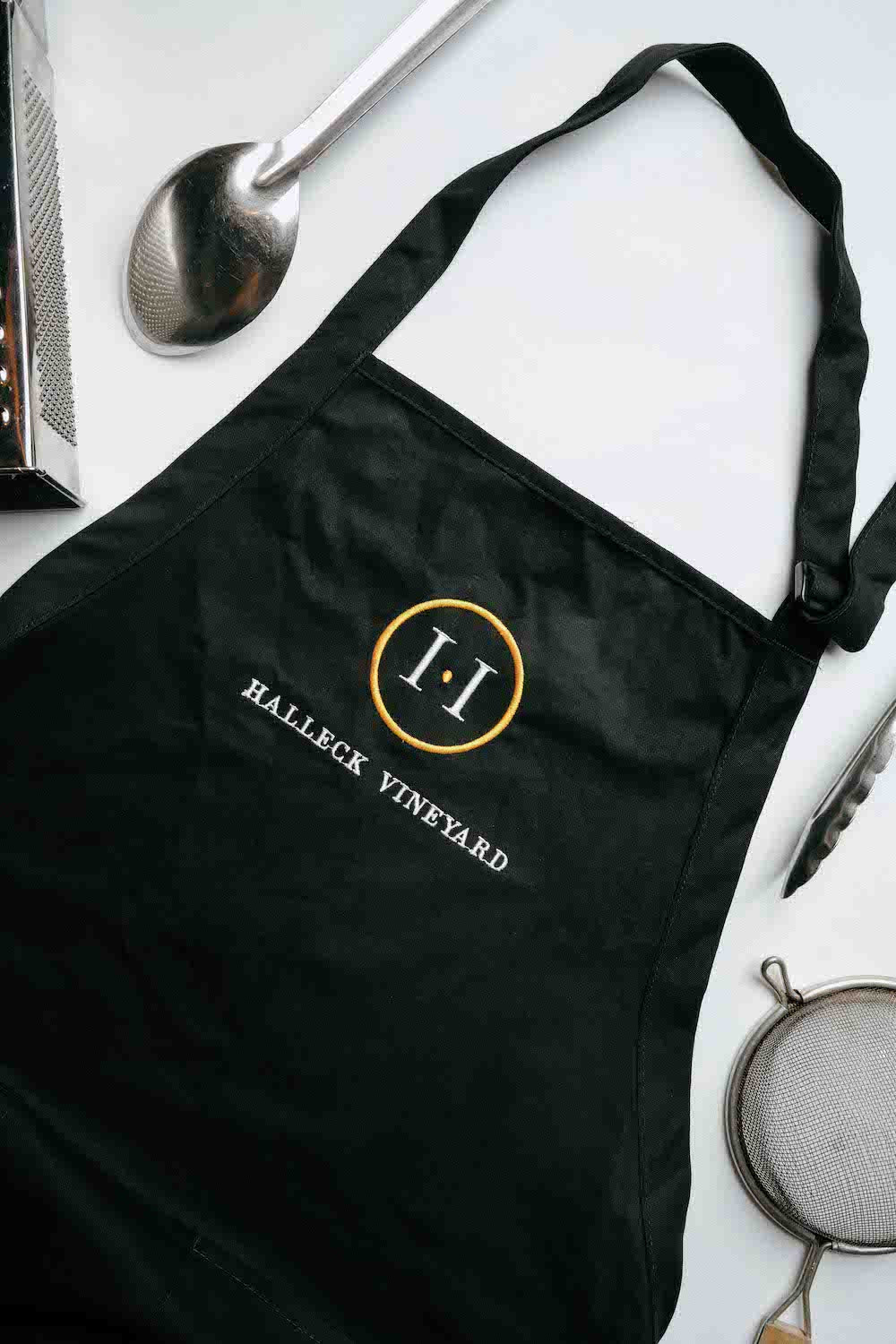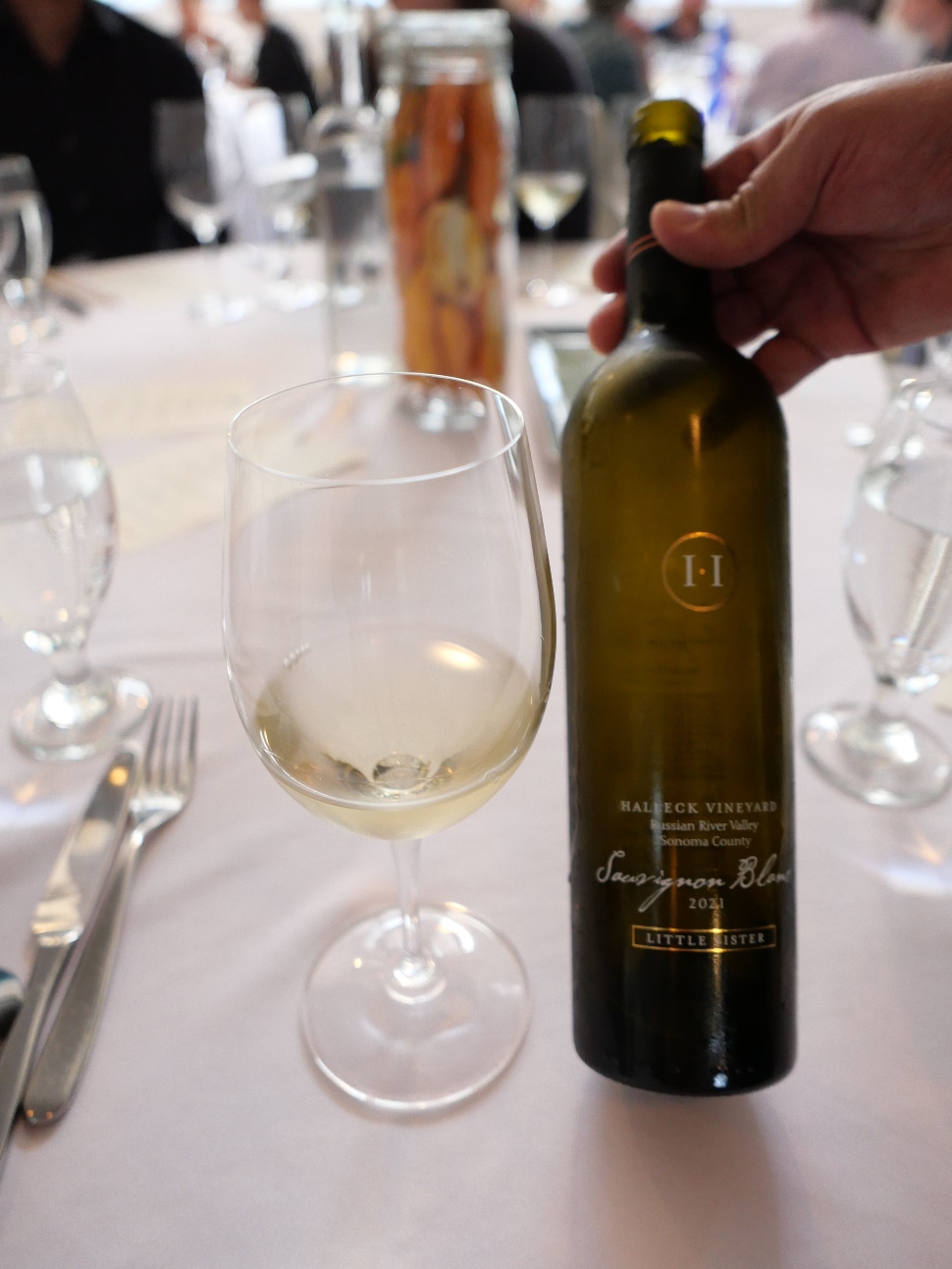Wineries With Estate-Grown Grapes - Wineries With Stunning Views In Sonoma
Wineries With Estate-Grown Grapes - Wineries With Stunning Views In Sonoma
Blog Article
Wineries Showcasing Local Art And Crafts - Wine Tasting Activities In Sebastopol
Wine tasting is an art that mixes sensory experience with an appreciation for the nuances of various varietals. How to judge flavors in winery wine tasting sessions is pivotal to greedy the complexities of wine.
Participating in a wine tasting entails greater than merely sipping and savoring. It requires a centered approach to identify aromas and flavors that each wine presents. As you start, observe the wine's look, noting its shade and clarity. These visible cues typically counsel a wine’s age, grape selection, and even potential flavor profiles.
The subsequent step in the tasting course of is to swirl the wine in your glass. This action releases fragrant compounds which are vital for evaluation. Lean in and take a second to inhale deeply; the aromas can range from floral and fruity to spicy and earthy. The nose of the wine is just as important as the palate, and recognizing scents performs a big function in understanding the overall experience.
When taking your first sip, enable the wine to move across your palate - Eco-Friendly Wineries In Sonoma County. Notice the initial flavors that current themselves. Is the wine fruity, floral, or perhaps herbaceous? This preliminary style gives perception into what the wine is likely to categorical as you proceed to gauge it. The mouthfeel additionally contributes to the general flavor experience; it can be silky, tannic, and even effervescent.
Best Wineries For Sunset Views In Sebastopol - Sebastopol's Best Wine Trails
As you proceed tasting, pay consideration to the wine’s steadiness. A well-balanced wine will harmonize acidity, sweetness, and tannins. If one part overwhelms the others, it would point out a much less desirable quality. Evaluating balance can help you determine how nicely the wine would possibly pair with food.
Transitioning to the end, contemplate how the flavors evolve as the wine lingers on your palate. A long, nice end can point out a high-quality wine, whereas a brief or abrupt end may recommend otherwise. Reflect on whether or not the flavors stay consistent or if new notes emerge as the wine settles. This progression can reveal complexities and intricacies that may not have been apparent in the preliminary tasting.
Temperature is also a vital factor in evaluating wine flavors. Totally Different forms of wine are optimally loved at particular temperatures. White wines often shine when chilled, whereas red wines usually carry out best at room temperature. When tasting, make certain the wine is on the applicable temperature to fully recognize its character.
Wineries With Picnic Areas - Enjoying The Best Wineries In Sebastopol
Pairing food with wine can tremendously improve the tasting experience. Meals can affect the perception of flavors in wine, either highlighting certain traits or diminishing them. When evaluating flavors, consider how the wine interacts with different meals, noticing which flavors are amplified or muted (Wineries Featuring Seasonal Wine Events In Sonoma).

Think About the influence of terroir as you have interaction in a winery tasting. Terroir encompasses the unique environmental factors that have an effect on grape rising, including soil composition, local weather, and geography. Understanding a wine's terroir can provide perception into its flavors and aromas, fostering a deeper appreciation for the choices made during its cultivation and production.
Education plays a basic role in enhancing one's capacity to evaluate wine flavors. Studying about grape varieties, wine regions, and production strategies can pave the greatest way for more knowledgeable judgments during tastings. Additionally, attending workshops or classes can refine sensory skills and broaden your flavor vocabulary, enabling you to articulate tasting notes more effectively.
Finally, it's important to keep in mind that evaluating wine flavors is a extremely personal experience. Particular Person preferences and perceptions will invariably form one’s tasting journey. Enjoyment must be on the forefront, with the analysis course of performing as a tool to enhance understanding and appreciation rather than create rigid guidelines.
Family-Oriented Wine Tasting Venues In Sebastopol - Sebastopol Wineries
In conclusion, mastering how to consider flavors in winery wine tasting classes involves a mixture of sensory engagement, data, and practice. By studying to identify aromas, assess the stability, and appreciate the intricacies of flavor, wine enthusiasts can deepen their connection to each bottle they encounter. As with any art type, the extra one immerses themselves within the experience, the extra they will uncover and benefit from the huge world of wine.
- Start by observing the wine's color and clarity, as these visual parts can trace at its flavor profile and getting older potential.
- Swirl the wine gently in your glass; this releases fragrant compounds, permitting you to better identify the complex scents associated with the wine.
- Take a deep inhale before tasting, focusing on both main and secondary aromas to collect insights on fruits, spices, and other nuances.
- When tasting, permit the wine to coat your palate; note the initial flavors, the mid-palate complexity, and the finish as these levels can provide totally different flavor highlights.
- Pay attention to texture and mouthfeel, as elements similar to tannin levels, acidity, and sweetness contribute significantly to the general tasting experience.
- Examine flavors towards normal wine characteristics; for red wines, consider berry notes, oak influence, and herbal tones, whereas whites could include citrus, stone fruits, and floral hints.
- Take notes in the course of the tasting session to trace your impressions, serving to you to recollect and evaluate the different wines sampled.
- Focus On your findings with fellow tasters or winery workers, as sharing insights can improve understanding and appreciation of individual flavors.
- Enable time for the wine to breathe; generally, flavors evolve and reveal new dimensions after being exposed to air.
- Experiment with food pairings through the tasting as they will dramatically alter how flavors are perceived, influencing general enjoyment.undefinedWhat should I search for when evaluating the aroma of wine throughout a tasting?
Begin by swirling the wine in your glass to release its aromas. Bring the glass to your nostril and take a deep breath. Pay attention to the primary scents you detect, as these are sometimes the most prominent. Look for fruit, floral, herbal, or earthy notes and attempt to establish specific traits, which can deepen your understanding of the wine's complexity.
Wineries Hosting Seasonal Events - Vineyards In The Sonoma Region

How can I distinguish between completely different flavor profiles in wine?
Understand that flavor profiles are often categorized as fruit, floral, herbaceous, spicy, or mineral. Take small sips and permit the wine to coat your palate. Notice the primary flavors that emerge first and the subtle notes that comply with. This layering is important in distinguishing the wine's traits and will assist you to appreciate its distinctive profile.
Unique Wine Blending Experiences In Sonoma - Sonoma Wine Tasting Spots
What is the importance of the wine's texture in a tasting?

The texture of the wine, also recognized as mouthfeel, plays an important role in how we perceive flavors. Pay consideration as to if the wine feels clean, creamy, or gritty. The physique of the wine (light, medium, or full) can enhance or distinction with flavors, offering a more rounded experience throughout tasting.
How do I assess the stability of flavors in wine?
Balance in wine refers to the harmony between acidity, sweetness, tannin, and alcohol. Take a second to assess whether or not these parts complement or intervene with each other. A well-balanced wine could have none of its components overpowering the others, creating a pleasant tasting experience.
Wineries With Unique Wine Blends - Unforgettable Wine Tastings In Sonoma
What function does temperature play in evaluating wine flavors?
Temperature can considerably impression the notion of flavors. Typically, purple wines are greatest served slightly under room temperature, while white wines take pleasure in being chilled. As the temperature modifications, the aromas and flavors can shift, allowing you to perceive different characteristics. It’s important to style wine at its optimum temperature for true evaluation.
Wineries Promoting Sustainable Farming - Sebastopol's Vibrant Wine Scene
How can I improve my tasting skills over time?
Practice is key to improving your tasting skills. Wineries Pairing Wine With Chocolate. Attend tastings, important site maintain a journal of your experiences, and explore various sorts of wines to broaden your palate. Additionally, studying about wine manufacturing and grape varieties can present context that enhances your evaluation process, making you a extra informed taster.
Is there a particular order by which I ought to taste the wines?
Wineries Known For Their Hospitality - A Winery In The Sonoma Valley To Discover
Yes, it’s advisable to taste wines from light to full-bodied and dry to sweet. This progression prevents the stronger flavors from overshadowing the extra delicate ones, allowing you to completely appreciate each wine's traits and nuances without palate fatigue.
How can I evaluate the aftertaste of wine?
Wineries Offering Private Events - Enjoying Wine Tastings And Vineyards Near Sebastopol
The aftertaste, or finish, is a crucial side of the wine-tasting experience. After swallowing, take note of how long the flavors linger on your palate and whether they change. A lengthy, nice finish is often an indicator of a high-quality wine, whereas a brief or disagreeable finish might counsel in any other case.
Why is it necessary to note the wine’s acidity throughout tasting?
Acidity contributes to the general freshness and structure read of the wine. Pay attention to the tingling sensation on your tongue; higher acidity can improve the wine's liveliness and balance out sweetness. Noting acidity helps decide the wine's versatility with food and its aging potential.
What should I do if I battle to identify specific flavors in wine?
Wineries That Offer Food Trucks On Weekends - Finding Good Wineries For Wine Tasting
Struggling to establish flavors is frequent, particularly for newbies. Focus on broader categories and describe what you presumably can acknowledge, such as candy or earthy notes. With practice, reading about completely different flavor profiles, and maybe using flavor wheels, you will refine your senses and develop a extra nuanced approach to tasting. Report this page